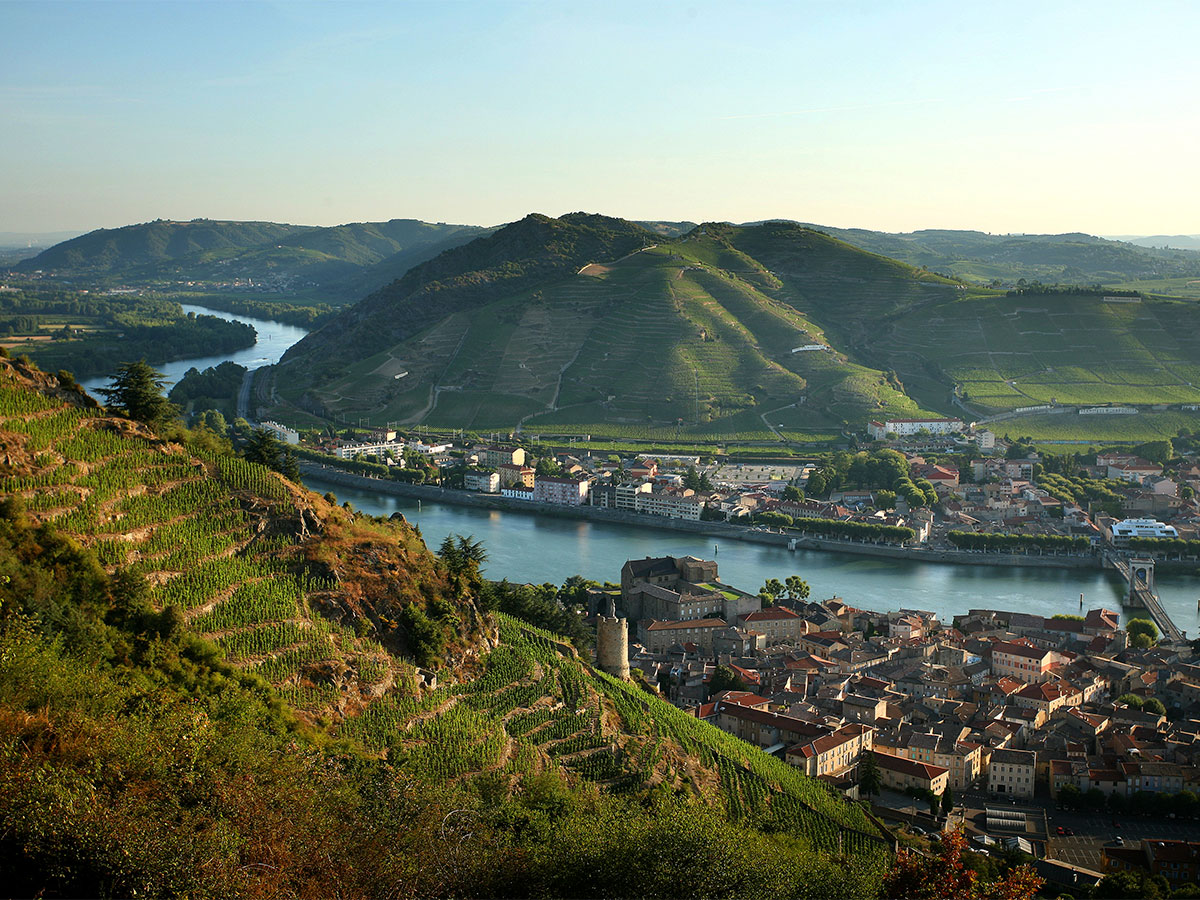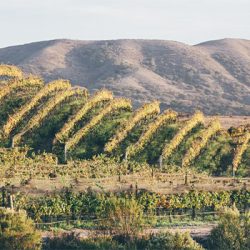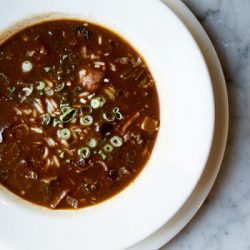With almost 4,200 acres of vines spread across 11 communes, Crozes-Hermitage is, by a decent margin, the largest appellation in the northern Rhône. It was granted AOC status in 1937 but only for the area surrounding its namesake village, on the back side of the famed granitic Hermitage hill. It was then expanded in 1952 to include another ten nearby, or somewhat nearby, hamlets. The appellation leans heavily on red wines—syrah accounts for about 90 percent of total production; marsanne and roussanne make up the balance. It continued to increase in size throughout the 1980s, often to the dismay of many growers, who point out that much of the newly christened land to the south, especially areas on the flat plains, are far better suited to fruit trees than vines. In fact, much of that part of the appellation was and continues to be planted to peaches and the apricots for which the area has long been famed. That makes defining the appellation a conundrum, as anybody who has traveled the 15 kilometers from its northern to southern borders will attest. Still, most Rhône aficionados would agree that a typical Crozes-Hermitage rouge will show much more lively character and approachability at far earlier than an Hermitage or even most Saint-Josephs from the granitic sites directly across the river. The same goes for the whites, which are made mostly from marsanne.
Yet the original, northern district is quite different from the add-ons to the south. In the north, the vines are planted on steep, granite-based hillsides, while south of the Hermitage hill the vineyards are flat to rolling and planted on alluvial, limestone-rich soils, with little to no granite presence.
Those northern sites tend to issue structured, even austere and often eminently ageworthy wines that can, in the best cases, exhibit distinct Hermitage-like personalities. Most of the wines produced in the southern sector are comparatively low in acidity, thus leaning toward more opulent, fruit-driven character. With a few exceptions, these wines are approachable relatively soon after bottling and not built to age as long as their northern siblings.
The locals often refer to the original area as “Crozes-Crozes.” There, most producers vinify with whole clusters, which adds savory character and structure to the wines. They also tend to use large-format aging vessels, mostly demi-muids and concrete tanks, which diminish oxidation and enhance their wines’ ageworthiness. Tasting many of these wines prior to bottling can be a chore, especially after sampling the cuddly young reds down the road.
NORTHERN COMMUNES CROZES-HERMITAGE
- Crozes-Hermitage
- Gervans
- Larnage
- Serves-sur-Rhône
- Érôme
- Tain-l’Hermitage
This northern area has developed a fanatical following among négociants, like Gigondas-based Louis Barruol (Saint Cosme, Barruol Lynch) who prizes the power, energy and “true northern Rhône syrah character that you get from granite”: in his case, from vines in Gervans. Bastien and Michel Tardieu, whose wines are made in Lourmarin, down in Provence, also make a Crozes-Hermitage, mostly from fruit grown in Gervans and Larnage, with a bit from southern Mercurol. Bastien says that “Mercurol adds roundness but the heart of the wine is granite. It does have the name Hermitage in it, after all.”
Among the local growers, the Fayolle family has been farming in Gervans since 1870. Laurent Fayolle, at Fayolle Fils et Fille, tends the Clos les Cornirets, with low-yielding, 65-year-old vines planted on a formidable slope. That fruit, raised in neutral barriques, creates intensely mineral wines. In a ripe year—and the region has had plenty of them lately—Clos les Cornirets exhibits Hermitage-like qualities without the Hermitage-like tariff.
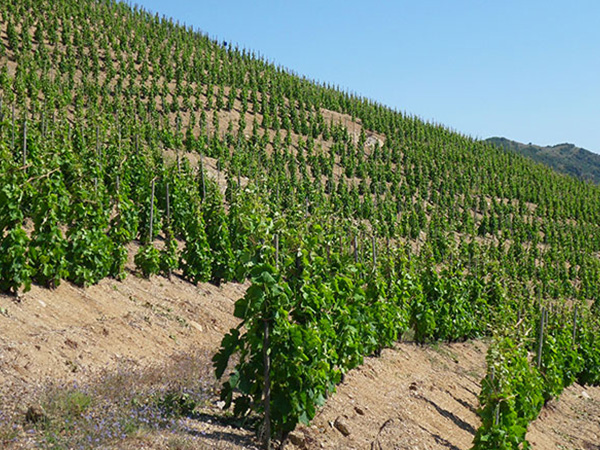

The wines of Domaine Rousset come from right nearby and also show distinct energy, clarity and elegance. The more powerful wines of Domaine Belle come, mostly, from the Hermitage hill’s eastern flank, in the village of Larnage, which has a wine-growing history that stretches back to at least the 1600s.
The jewel in Maison Chapoutier’s Crozes lineup is undoubtedly Les Varonniers, drawn from a six-acre site in the village of Crozes-Hermitage, with a bit of fruit added from the southern village of Les Chassis. It gets full luxury treatment, like Chapoutier’s top Hermitage bottlings and, in many vintages, it is knocking on their door in terms of sheer depth and opulence. Needless to say, it can be had at a much lower price than its big brothers but only around 500 cases are produced per vintage.
Paul Jaboulet Aîné boasts significant holdings in Crozes-Hermitage, bridging the northern and southern sectors of the appellation. Their Domaine de Roure bottling comes from an 8.6-acre vineyard at Gervans; it’s the highest site in the AOC at 1,050 feet. Ripening can be dicey at such altitude, so Domaine de Roure is not produced in every vintage, especially cold ones. But when it is made, and there’s never much of it, this wine, both red and white (from marsanne), can challenge many Hermitages for sheer depth, power and complexity.
The Cave de Tain, a venerable co-op that watches over its 360 member-growers’ vineyards and subsequent winemaking, produces two exceptional bottlings from the north: the “LA” Terroirs d’Exception, from Larnage, and the “Nord,” from Gervans. Neither of these wines is made in great quantity but their quality far exceeds their relatively humble appellation.
SOUTHERN COMMUNES CROZES-HERMITAGE
- Crozes-Hermitage
- Mercurol
- Les Chassis
- Pont-de-l’Isère
- La Roche-de-Glun
- Chanos-Curson
- Beaumont-Monteaux
Today, most of the appellation’s vineyards are situated south of the Tain-l’Hermitage, which is why most of the négociant bottlings are also from the south. Still, the south is home to a number of talented producers, like Yann Chave, Domaine Combier, Alain Graillot, Gilles Robin and Domaine des Remizières, to name a few. The fruit here grows on calcareous clay topped with river stones. It tends to get riper than that from the northern vineyards and, unlike most producers in the north, most winemakers here destem their clusters, and small barrels are ubiquitous. The clearest way to tell the difference in the soil, exposition and winemaking is to drink a high-quality Crozes from Les Chassis next to one from, say, Gervans.
Alain Graillot established his domaine in 1985 on the flat plain between the Rhône and Isère rivers. He had gained his winemaking chops at, of all places, Domaine d’Arlot, in Burgundy, and developed a style for his southern Crozes wines with the kind of whole-cluster fermentations more typical of the north. His wines, now made by his sons, Maxime and Antoine, are spicy and exotically perfumed. Maxime also makes his own wines, at his Domaine des Lises and for his Equis label. He destems the fruit for these, and they are, unsurprisingly, more forward than those of his father. That forward style is more typical of many of the top wines from the southern districts of Crozes, where producers turn out opulent, even flamboyant, Rhône syrah. New oak builds the richness of the wines from Domaine des Remizières, while Domaine Combier’s Crozes are also modern, but show more restraint, as are those of Emmanuel Darnaud, Domaine Combier and Yann Chave. Delas Frères, whose wines are on a rapid quality ascent, produces two outstanding Crozes-Hermitages from the south and the Le Clos cuvée is consistently a knockout.
Still, if you want to compare Crozes from the north and south, the place to do it is at Jaboulet. The Jaboulet family purchased the 148-acre Domaine de Thalabert in Les Chassis in 1834, and, following the firm’s sale in 1996 to Jacques Frey, the current rendition is drawn from the remaining 111 acres, which sit not far from Graillot’s vines. This is a substantial wine that rewards patience but, surprisingly, its polished nature gives it enormous appeal at an early age: the forward south vs. the structure and power of Jaboulet’s Domaine de Roure in Crozes-Crozes.
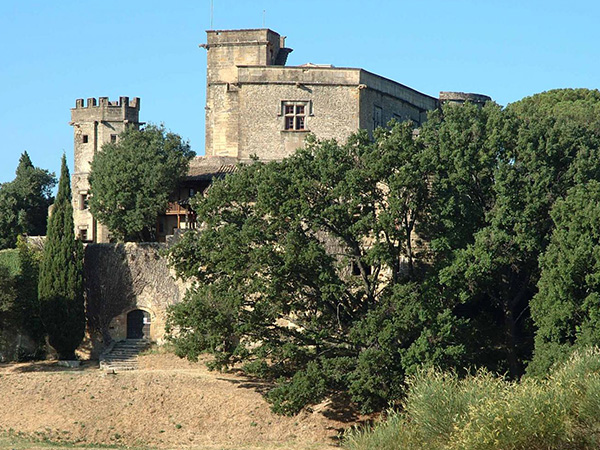

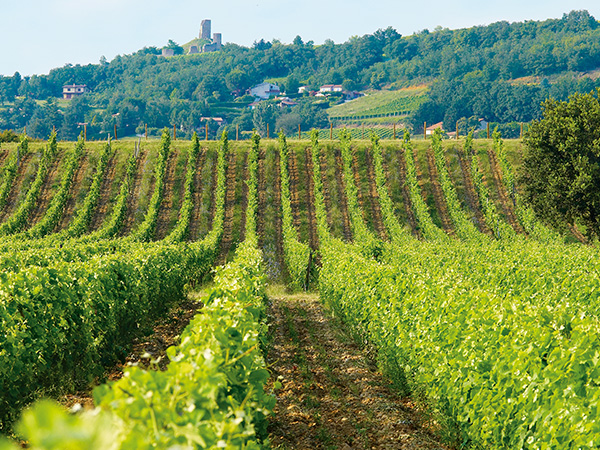

NAMES TO KNOW IN CROZES-HERMITAGE NORD
- Barruol Lynch
- Maison Chapoutier (and Les Varonniers, which includes some fruit from Les Chassis)
- J.L. Chave Selection
- Dard & Ribo
- Domaine Belle
- Domaine Fayolle Fils et Fille
- Domaine Jean-Claude & Nicolas Fayolle
- Ferraton Père & Fils
- Paul Jaboulet Aîné Domaine de Roure
- Domaine Rousset
- Saint Cosme
- M. Sorrel
- Cave de Tain (except the Grand Classique and Hauts de Fief)
- Famille Tardieu
NAMES TO KNOW IN CROZES-HERMITAGE SUD
- Maison Les Alexandrins
- Franck Balthazar Selections
- Domaine Betton
- Maison Chapoutier (except Les Varonniers)
- Yann Chave
- Domaine du Colombier
- Domaine Combier
- Domaine Courbis
- Yves Cuilleron
- Emmanuel Darnaud
- Delas Frères
- Domaine des Entrefaux
- Alain Graillot
- Paul Jaboulet Aîné Domaine de Thalabert
- Philippe & Vincent Jaboulet
- Domaine des Lises
- Domaine Gilles Robin
- Domaine des Remizières
- Cave de Tain
- Les Vins de Vienne
- Domaine François Villard
This feature from W&S February 2020 is part of our Regional Tasting Report on the Rhône. Click here to return to the homepage.
This story appears in the print issue of February 2020.
Like what you read? Subscribe today.

